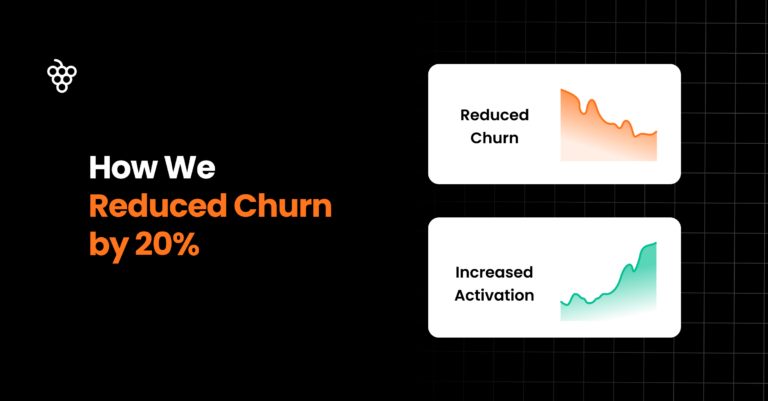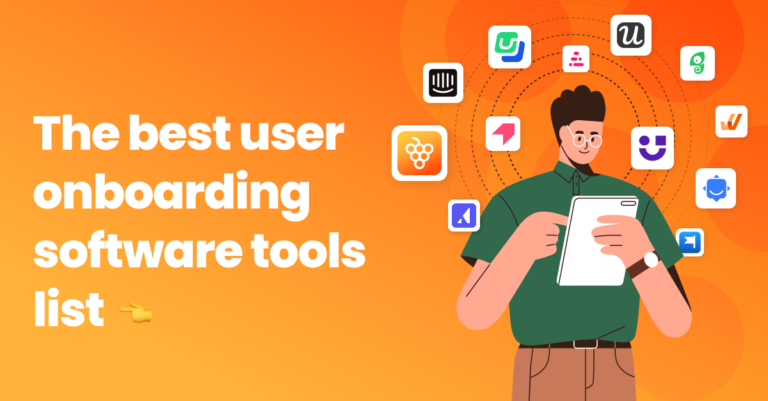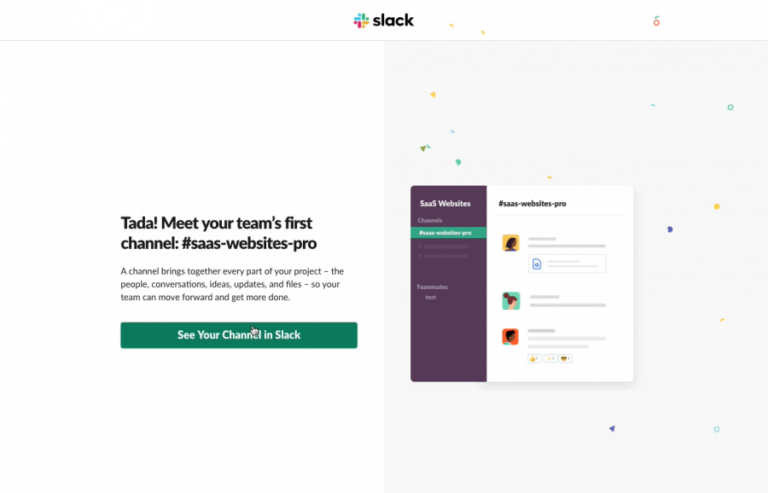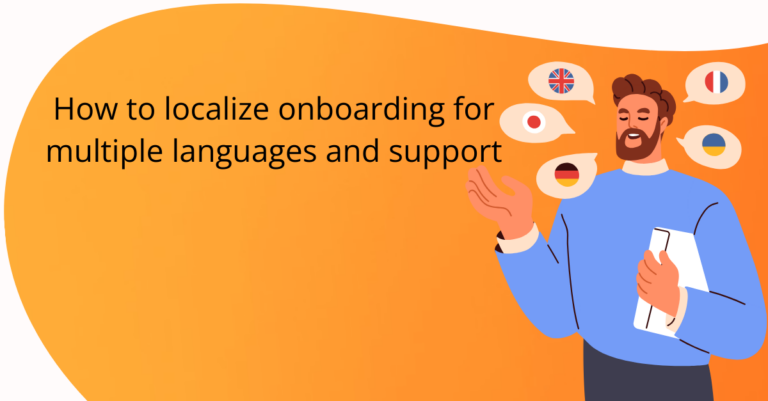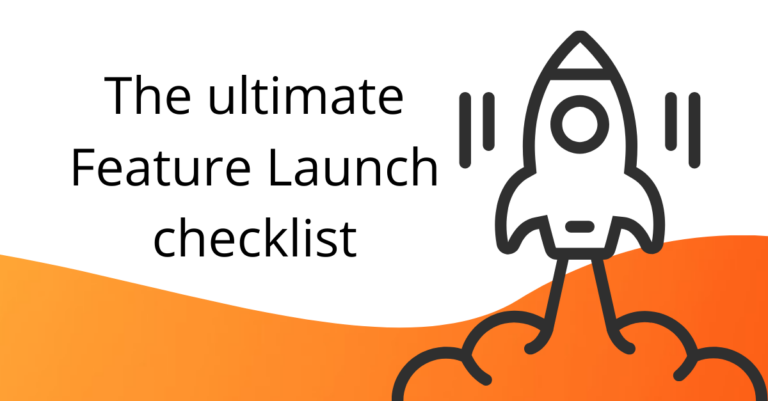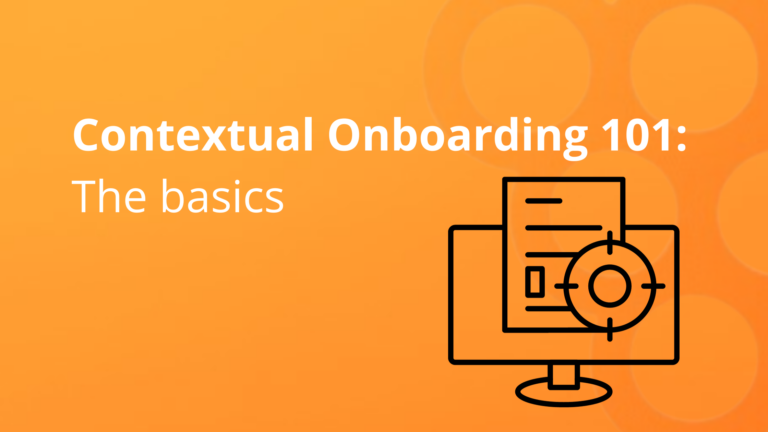Picture this: two users sign up to your SaaS.
The first one goes through all the steps of your onboarding tour. The second, skip right through your thought-out onboarding plan.
Don’t panic.
Understanding how to onboard users depending on their current level of product knowledge will do wonders to user experience and engagement.
Learn how to use behavior-based segments to create tailored product adoption experiences.

What is behavior-based segmentation in user onboarding?
A behavior-based segment is a group of users who engaged with a specific part of your product adoption flow.
Behavior-based segmentation in user onboarding is a method of categorizing users based on their behavior.
It involves grouping people into different sub-groups or segments based on the patterns in their activities, such as how often they log in and which features they use most.
This type of segmentation can help to better understand customer preferences and interests, and can be used to create more personalized experiences and targeted content.
Benefits of behavior-based segmentation
With behavior-based segmentation, companies can get a better understanding of their customers’ needs and preferences and tailor their onboarding process accordingly.
This is especially important for tour operators who want to maximize customer satisfaction and keep cancellations at a minimum.
With behaviour-based segmentation, you can:
- Improve customer satisfaction: Product managers can gain a better understanding of their customers’ needs and preferences. This allows them to create a more tailored experience that increases customer engagement and satisfaction.
- Reduce cancellations: Onboarding platforms can use segmentation to identify potential problems before they occur, which will help reduce the number of cancellations.
- Improve marketing efforts: With the use of segmentation, product managers can target their marketing campaigns more accurately and efficiently by delivering tailored content to each customer segment.
- Increase engagement: Behavior-based segmentation allows companies to increase user engagement by providing customers with content that is relevant to them. This increases the likelihood that they will stick
How to create behavior-based segments?
Every user interaction with any in-app content served by Product Fruits constitutes a custom event. We send these events in real-time to your CRM or analytics platform. All you need to do is map individual events to the right segments.
Here are some examples of the most popular segments:
| Segment name | Custom event |
| Onboarding completed | User saw the last card of onboarding tour |
| Partial onboarding | User engaged with 2 out of 4 cards in the tour |
| Onboarding skipped | User skipped the whole tour |
| Tooltip interaction | User engaged with a specific tooltip |
| Adoption meter low | User gave below average rating |
These are just a few examples to illustrate the point.
In the end, any custom-event triggered by any of our product adoption tools can be used for creation of custom segments.

How to use segments in tailored campaigns?
Think of segments as users at different stages of your product adoption journey. Each one needs something else to advance to the next step.
For example, on one side, segment “Onboarding skipped” might benefit from a tutorial video showcasing your killer feature.
On the other hand, segment “Onboarding completed” is ready to be introduced to more advanced features.
And the segment giving you high scores in the adoption meter? How about an email asking them to leave a public review.
To engage your various segments, you can create automated email campaigns, social and display remarketing, or have a notification sent to your customer success person. You get the idea.
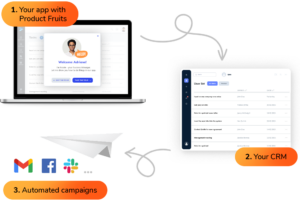
Seamless integration with leading MarTech
Creating such a tailored campaign is easier than it seems. Thanks to the native integrations in Product Fruits you can automatically send custom events to your CRM, campaign, and analytics tool. No coding is required to start leveraging behavior-based segments in your product adoption strategy.
Here are some of the integrations we offer:

Missing an integration? Drop us a note. We can integrate with any web-based app. We’re here to make onboarding personal, so it’s not a big deal to add what your company needs.
Book a demo with our user onboarding specialists to talk how you can optimize your product onboarding with Product Fruits behavior based segmentation.
